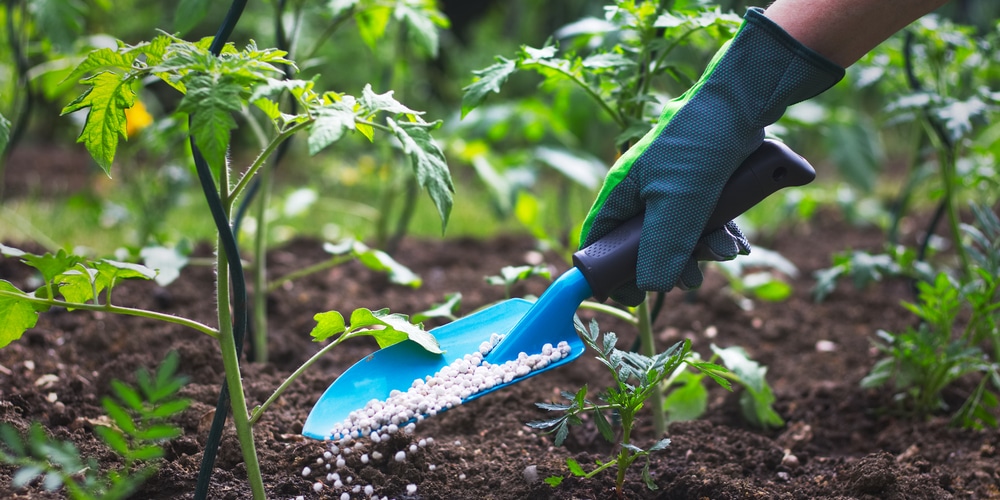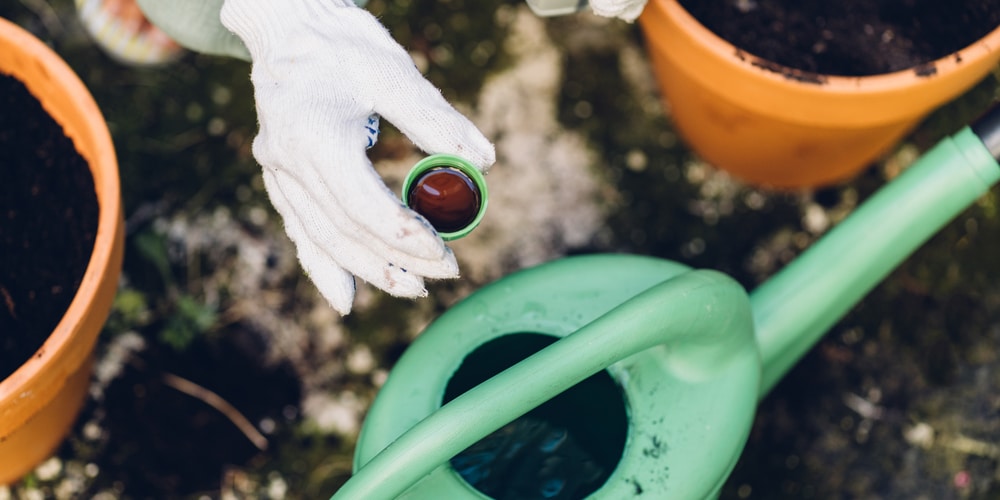If you have a garden, you might have purchased fertilizers. After all, plants need nutrition to thrive (and produce flowers and/or fruits). And some products will help give them all they need to grow into healthy plants. However, as with most things in life, too much of even good things can harm.
For instance, nitrogen is an essential nutrient for resilient plants. However, too much of it might encourage leaf production at the expense of blooms or fruits. Thankfully, there are low nitrogen fertilizers out there that you can use for soils that don’t need that nutrient.
But what are the best products? And how can you choose one for your garden? Don’t worry: we prepared everything you must know about low nitrogen fertilizer in this essential guide! So, keep reading to clarify all of your doubts!
What are Low Nitrogen Fertilizers?
As the name suggests, low-nitrogen fertilizers are products that don’t contain nitrogen. You can spot them by looking at the numbers in their package: they will start with 0 or a low number (usually below 3).
If you didn’t know this already, commercial fertilizers’ labels contain three numbers that indicate the amount of nitrogen, phosphorous, and potassium (in this order). The numbers are the NPK ratios and tell you how much of each nutrient is present in the mixture (by weight).
There are plenty of organic products that naturally contain little nitrogen. Examples include manure, bone meal, compost, and worm castings. Of course, being low in nitrogen doesn’t mean a product won’t contain other nutrients. Indeed, these fertilizers are usually rich in phosphorous, potassium, sulfur, and calcium, which are also essential.
But the reason for using a product low in nitrogen is to help the plant focus on producing flowers or fruits rather than leaves. And this might be especially handy if you are growing crops or ornamental plants.
But what products should you try? And why? Jump to the following sections to find out!
What Low-Nitrogen Fertilizers Should You Try?
There are many reasons for using low-nitrogen products. Your soil might contain too much of this nutrient, or you might be looking for a fertilizer that will encourage blooming rather than foliage. Here are a couple of options you should consider trying in your garden.
The right product for your garden depends on what you want to “solve” by applying the fertilizer. Also, don’t forget to follow the instructions you find on the product label to avoid harming (or burning) your plants from too much nutrition.
KMag Fertilizer
If you are looking for a fertilizer high in potassium (but that doesn’t contain nitrogen or phosphorous), KMag might be your best solution. It is a slow-release fertilizer that will gradually release its nutrients (besides potassium, it also contains magnesium and sulfur) to the soil as it dissolves once you water your plants.
Bone Meal
You can find bone meals in most garden stores (or online). While this might not be your “traditional” commercial fertilizer, it is an organic solution you must consider to increase the amount of phosphorous around your plants. Doing so is especially handy if you have flowering shrubs that need an extra energy boost to keep producing blooms.
Bone meal contains around 10% phosphorous by weight. Also, it is slow-release, meaning it won’t harm your plants even if you apply it at high concentrations.
Lesco Crabgrass Control
Some fertilizers are ideal for removing weeds (or preventing them). Lesco crabgrass is one of them. Because it doesn’t contain nitrogen or phosphorous, you can safely apply it in most locations without affecting your plant’s growth. It only includes 7% potassium, making it a relatively safe product.
Alaska Morbloom
But what if you would like to add phosphorous and potassium? Then, the Alaska Morbloom might help you! This fertilizer is ideal if you know your garden doesn’t need more nitrogen. Indeed, it will supply your plants with other essential nutrients. Also, since it only contains 10% potassium and phosphorous, you’ll rarely damage your plants with this fertilizer.
Grow More 5088 Fertilizer
Grow More fertilizer contains high levels of phosphorous and potassium (50 and 30%). So, it can be a powerful ally to help your plants recover. However, it might also damage them fast. For this reason, you’ll always have to be careful when applying it.
Related Article: Should You Use 19 19 19 Fertilizer?

